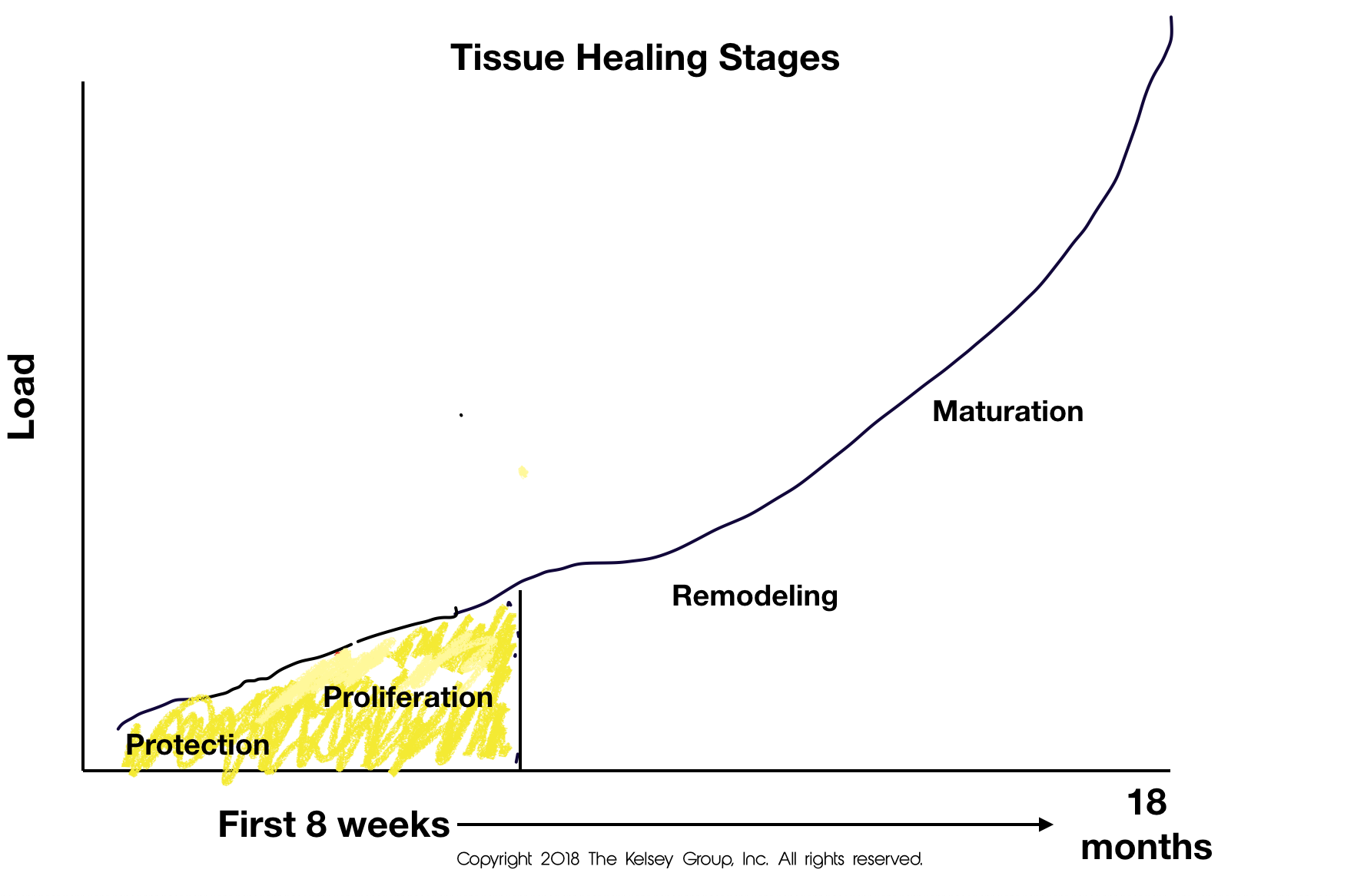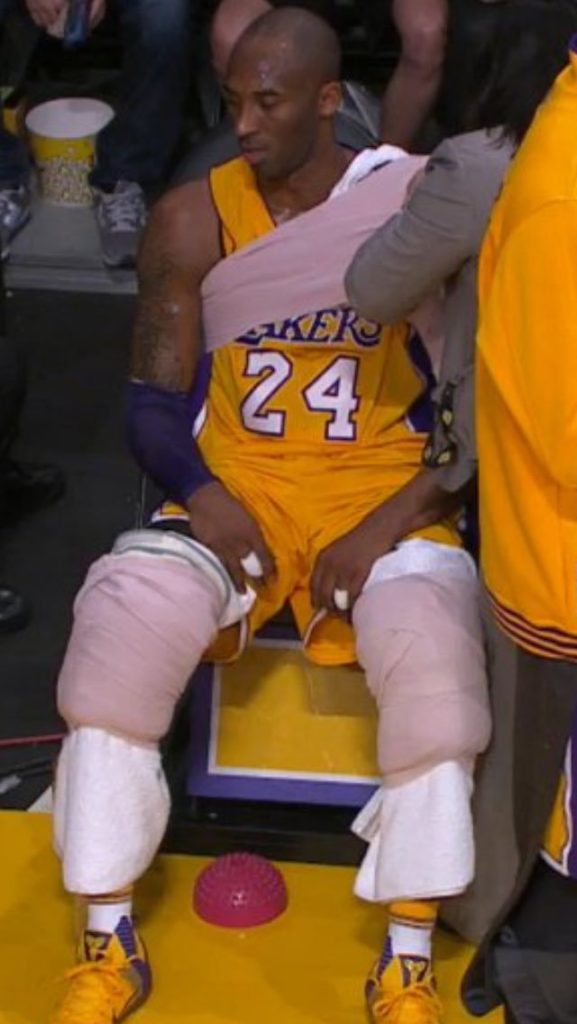- You are here:
- Home »
- The Basics of Platelet-Rich Plasma
The Basics of Platelet-Rich Plasma
Platelet-Rich Plasma (PRP) is a simple, minimally invasive way of collecting growth factors that exist in your own blood and injecting those growth factors into injured tissue – like a torn meniscus – to help those tissues heal.
Platelets help your blood clot when you’ve had a cut or scratch. There are over 30 growth factors – specialized proteins – in your platelets that amplify the healing process, stimulate stem cells, encourage new blood growth, start collagen synthesis, and help with new cell growth and new tissue regeneration.
After your blood is drawn, it’s placed in a centrifuge to separate the plasma from the platelets. Following this, the platelets containing the growth factors are injected into the injured tissue.
There are a number of commercially available devices used to produce PRP and the injection techniques vary from physician to physician. Some physicians might use ultrasound or fluoroscopy-guided injections while others might not.
The Healing Stages Following Platelet-Rich Plasma
After PRP has been injected into the injured tissue, the tissue moves through four stages of healing – inflammation/protection, proliferation, remodeling, and maturation.
The growth factors initiate an inflammatory response that lasts about 3 to 10 days (1). In this time period, you have to be careful to not overload the new tissue – in other words, be careful with the magnitude and duration of your physical activity.
Over about the next 8 weeks, the proliferation stage begins as fibroblasts arrive at the injection site. Fibroblasts are specialized cells that promote collagen production. This phase lasts several weeks and is characterized by a gradual increase in activity (this is explained in greater detail in our protocols).
After proliferation, the newly formed tissues by the fibroblasts begin remodeling or strengthening. The remodeling phase lasts about 4 to 6 months and is followed by maturation from 6 months to 18 months at which point the newly formed tissue has rebuilt its strength. A smooth progression through all four phases is needed for new tissue to form, strengthen, and provide long-term tissue maturity(2).

The graph above shows the relationship between the timeline and load or force. The lowest load exposure is in the first few days following the injection(s) and gradually increases based on both the timeline and any symptoms. Progression to a rehab routine that contains more load only happens if that routine is load appropriate for the timeline and symptoms are under a 3/10 (where 0= no symptoms and 10 = “take me to the hospital”).
For example, following PRP for plantar fasciitis, a client would use both a walking boot and crutches. Progression out of the boot and eventually off the crutches takes place over the first few weeks. Symptoms must be low however and if progression from wearing the boot all day to half-day causes symptoms over a 3/10 and those symptoms persist for 48 or more hours, we would suggest returning to wearing the boot all day. This would then be followed by wearing the boot for 2 hours and then out of the boot 2 hours. If this is well tolerated, then we would progress the time out of the boot until eventually, the client is out of the boot and off crutches.
Is PRP a Quick Fix?
PRP is not, however, a quick fix for musculoskeletal pain. Some people feel better in the first few days following an injection but the tissue has to go through the stages of healing and if you think about it, how would injured tissue be substantially stronger in, for example, three days or even a week?
Some reports in the media of professional athletes can give you the impression that PRP is the “wonder” treatment. People like Kobe Bryant and Tiger Woods have received PRP treatments but the news is more hype than reality.
Bryant still had lingering knee problems (and other joint aches and pains) that caused him to retire. Woods had multiple surgeries and although you’ll see headlines touting that PRP shortens recovery time, it doesn’t – at least for hamstring injuries and that is likely true in general.

Kobe Bryant 2016
What PRP can do for you is to improve the quality of the injured tissue and make your rehab efforts more effective.
However, success is contingent on the type of injury, severity, and the post-injection process.
It’s a two-pronged approach for an optimal outcome. PRP injections to boost the tissue quality and then a custom-designed rehab protocol that explains in detail activities to avoid as well as activities to perform.
1- Kumar et al. Pathologic basis of disease 7th ed. Chapter 2. Copyright 2005. Saunders.
2 – Tate KS, Crane D. Platelet-rich plasma grafts in musculoskeletal medicine. Journal of Prolotherapy. May 2010 2(2):371-376
